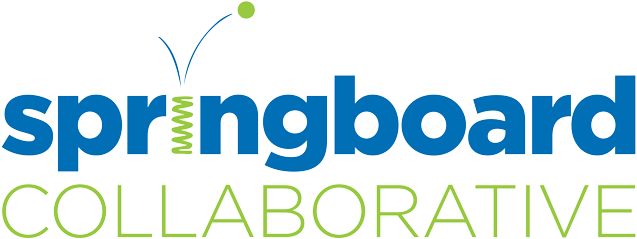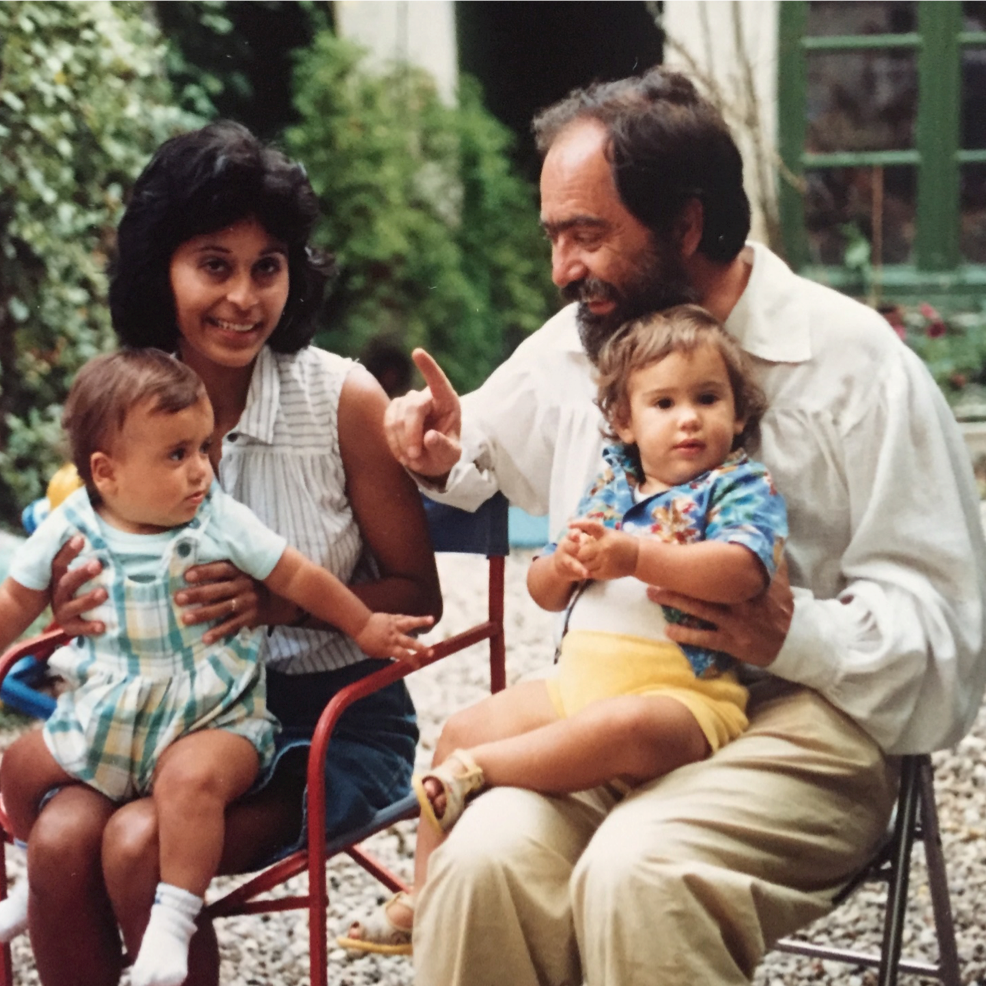The origin story:
Parents’ love for their children is the single greatest—and most underutilized—natural resource in education. I see this in my work every day, but I learned it first as a son.
My father is a Chilean playwright. He was taken as a political prisoner in the 70s while directing Libertad, Libertad, a play in protest of Pinochet’s dictatorship. After years of torture, he was exiled to Paris, where he met my mother. My mom is from Puerto Rico, the youngest of 12, and the first in her family to go to college. She was in Paris on a graduate school scholarship. The two met at a theater festival and formed a group that traveled the world performing social justice theater.
Though it meant giving up their own theater dreams, my parents made the decision to immigrate to the US so that my sister and I could have better educational opportunities. It’s the kind of sacrifice that only a parent would make. Growing up in a household that was short on money but long on ambition taught me two things that remain at the heart of my work today:
A child’s education involves much more than just their schooling.
Parents’ love for their children is the single greatest, and most underutilized, natural resource in education.
After graduating from Harvard in 2009, I joined Teach For America and moved to Philadelphia to teach first grade in one of the city’s most impoverished barrios. In my students, I saw myself, and in their parents, I saw my own. The similarity was deeper than just our shared language and complexion.
It was the timeless truth you see in the eyes of any parent: my students’ parents gazed at their children with the same unconditional love, unbridled optimism, and unwavering commitment with which my parents had gazed at me.
In my first year of teaching, it wasn’t until Thanksgiving that my students’ reading levels finally caught up to where they had been before the summer. I asked other teachers, what’s going on? They shrugged. “That’s just the summer slide,” they said. As if it were a law of nature that growing up poor, for every two steps you take forward during the school year, you’ll take a step back during the summer.
I dug into the research. It shows that across low-income communities, kids slide back 3 months in reading skills every summer. This compounds annually.
Two-thirds of the achievement gap we see in high school is attributable to summer learning loss in elementary school.
What the research couldn’t answer for me, though, was why these losses are unique to low-income communities. Kids in the suburbs have every bit as long a summer break, but they don’t go backwards. What’s the difference? Over time, I realized that summer learning loss is symptomatic of a deeper problem: my school, and our system more broadly, hadn’t figured out how to bring parents into the teaching process.
Children spend 75% of their waking hours outside of the classroom, yet our school system struggles to capture educational value from this time for low-income kids. Too often, families are perceived as liabilities, rather than assets. Why don’t we see in a low-income parent the very same love, commitment, and potential we see in a wealthier parent? My mom and dad may sound erudite the way I talk about them, but to some of my teachers, they were just pushy immigrants with bad English.
Many of the families in our classrooms learned the hard way just how important it is for their children to have a better educational experience than they did. In their determination, there is boundless potential.
The solution:
In 2011, I asked my principal to let me redesign summer school and build it around parent engagement. The pilot program helped 42 kids not only avoid summer learning loss, but make 3 months of reading progress in just 5 weeks of programming. An astonishing 94% of families attended every weekly training workshop. Two years after I first encountered the problem, it finally felt solvable. I turned down a job offer from McKinsey & Company and started bootstrapping to build an organization I would soon name Springboard Collaborative.
Springboard closes the literacy gap by closing the gap between home and school. We envision a world in which all children have the requisite literacy skills to access life opportunities.
Springboard offers summer, afterschool, and in-school programs that combine personalized instruction for Pre-K through 3rd graders, workshops training parents to teach reading at home, and professional development for teachers.
Springboard Summer —our original offering— is an intensive, five-week literacy program that combines daily reading instruction for Pre-K through 3rd graders; weekly workshops training parents to teach reading at home; a rigorous coaching cycle for teachers; and an incentive structure that awards learning tools to families—from books to tablets—in proportion to their kids’ reading progress.
Recognizing that bottom quartile readers need additional support, Springboard developed an afterschool intervention. Springboard Afterschool trains teachers to differentiate instruction and engage families in order to accelerate struggling readers’ progress during the academic year. In combination with summer programming, Springboard Afterschool offers students a double dose of support.
Springboard programs build the will, skill, and internal capacity for districts to sustain a culture of parent-teacher collaboration more independently, affordably, and at a larger scale. Springboard Schoolyear is a framework helping schools to improve literacy outcomes by effectively engaging parents. Springboard trains teachers to implement home visits, goal-oriented report card conferences, student support plans, and family workshops throughout the academic year. In order to make systemic impact, we envision exposing cohorts of schools to Summer and Afterschool programming in order to build their capacity to sustain the impact more independently—and affordably—through Springboard Schoolyear.
Based on everything we have learned in person and on paper, we recently launched the Springboard app, which helps families cultivate and sustain home literacy habits. This product has the potential to scale more quickly than Springboard’s existing services.
By training parents and teachers to collaborate, we put kids on a path that closes the literacy gap by 4th grade. In a nation where 4th grade reading scores are closely correlated with incarceration rates, this changes lives.
As you can tell from our rapidly evolving product line, innovation is in Springboard’s DNA. We believe that your solution is only as good as your understanding of the problem. Thus, we are committed to being a learning organization that holds tightly to the problem and loosely to the solution. We continually innovate so that our solutions follow from our ever-deepening understanding of the problem we’re solving. Springboard’s first six years have been productive, and the next six will be groundbreaking!


